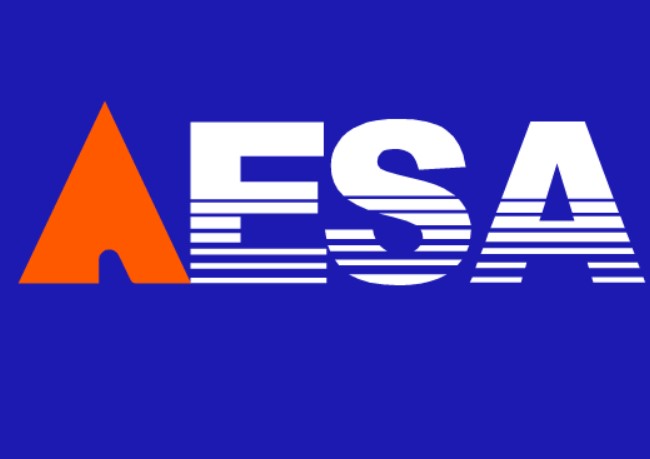Water Competencies for drowning prevention and its implementation in physical education classes for an elementary school
Keywords:
water competence, elementary school, physical educationAbstract
Water competencies, also known as water skills or aquatic skills, refer to the ability to swim and navigate in water safely. These competencies are essential in physical education for several reasons:
Safety: Water activities, such as swimming and water sports, are common components of physical education programs. Proficiency in water competencies ensures that individuals can engage in these activities safely, reducing the risk of accidents and drowning.
Health and Fitness: Water-based exercises provide a unique and effective way to enhance overall physical fitness. Swimming, for example, is an excellent full-body workout that improves cardiovascular endurance, muscle strength, and flexibility. Water competencies enable individuals to participate in aquatic exercises and enjoy the associated health benefits.
Lifesaving Skills: Knowing how to swim and having other water competencies can be crucial for personal safety and the safety of others. In emergency situations, individuals with strong water competencies are more likely to respond effectively, potentially preventing accidents or rescuing others.
Recreation and Leisure: Water-based activities, such as swimming, snorkeling, and kayaking, are popular recreational pursuits. Proficiency in water competencies allows individuals to enjoy a wide range of aquatic leisure activities, contributing to a well-rounded and active lifestyle.
Life-Long Skill: Learning water competencies is a life-long skill that can be valuable in various situations throughout one's life. Whether for personal enjoyment, fitness, or safety reasons, the ability to navigate water confidently is an asset that can be maintained and utilized over the years. In this study, we outline the 15 items that make up water competencies. In particular, with regard to water competencies, it is necessary to consider not only whether or not a specific problem can be cleared, but also the circumstances in which the problem occurs. While this is different from general sports competitions, which exclude external influences as much as possible, it requires special attention because accurately defining water competencies can save lives. We report on the content of swimming lessons in elementary school physical education classes to acquire these water competencies.
Downloads







